Blown-In Insulation in New Orleans
Why Choose Blown In Insulation in New Orleans
During summer storms in Louisiana, it’s common for the power to go out for hours or even days. Homes with blown in insulation often stay cooler for longer because the attic holds less trapped heat. Homes without good insulation heat up fast once the A/C stops.
This isn’t a single story. It’s what many homeowners across New Orleans, Metairie, and Kenner experience every year. Blown in insulation helps slow down temperature changes, giving families more comfort during outages and storms.
This service works especially well for older homes in New Orleans where attics are large and traditional insulation can leave cold or hot spots.
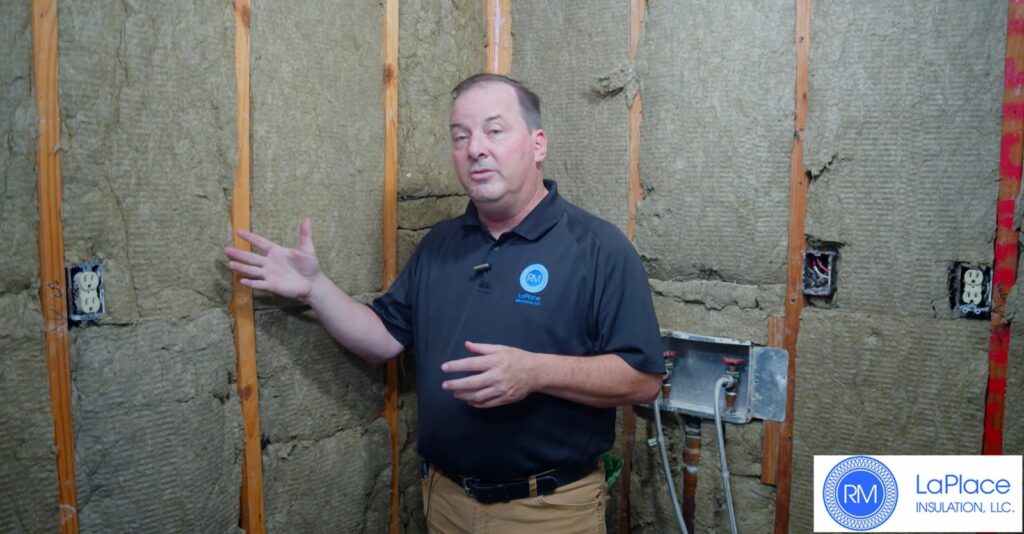
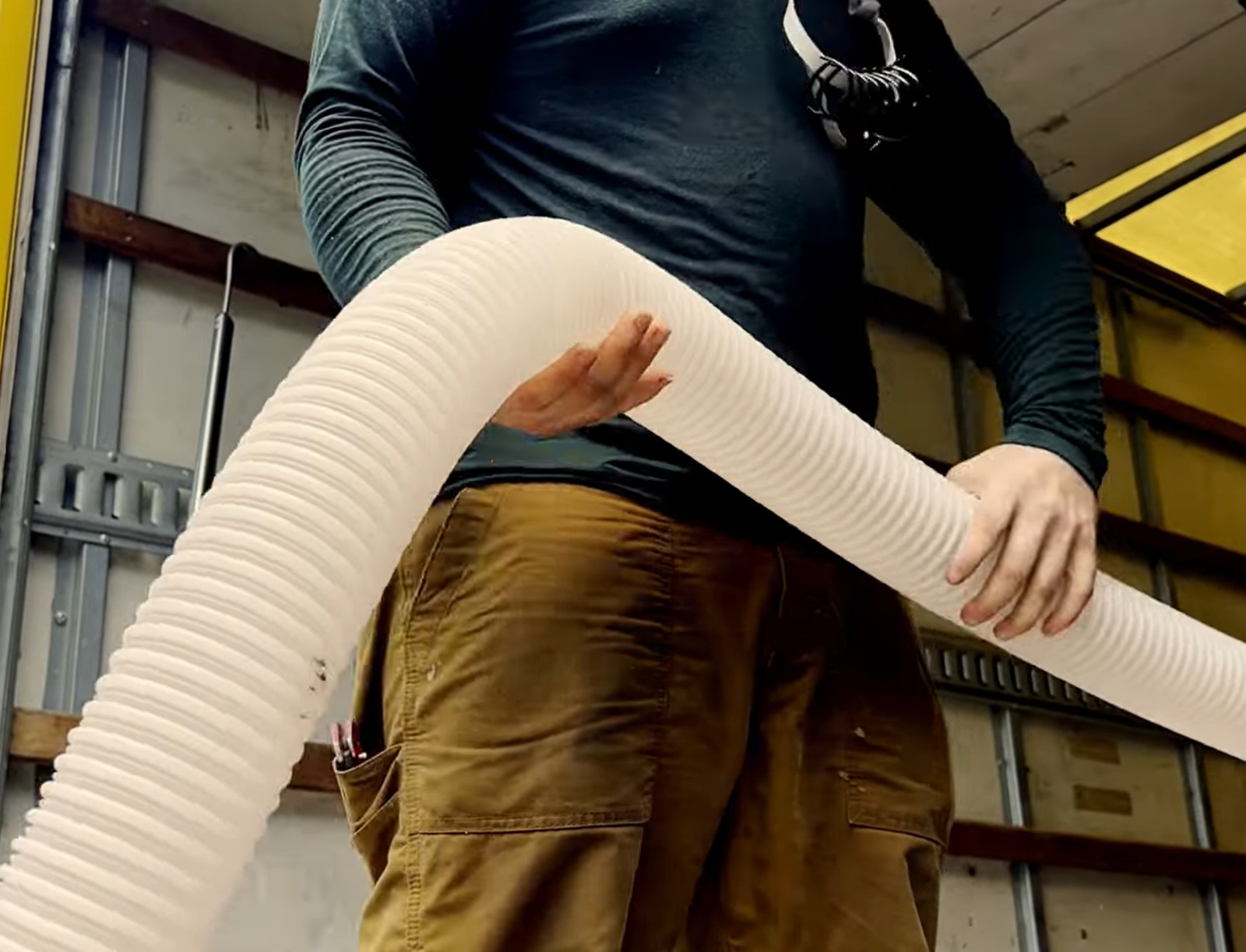
What Is Blown In Insulation?
Blown in insulation in New Orleans is a loose-fill material installed with a machine that “blows” insulation into attics, walls, and crawl spaces. Unlike traditional rolls, this method fills every corner and uneven surface, creating a continuous air barrier that keeps outside air out and inside air in.
It’s fast, clean, and effective for both new and old homes. In Louisiana, where humidity and storms are part of daily life, blown in insulation in New Orleans can help prevent moisture buildup, reduce energy costs, and make indoor temperatures more stable year-round.
Homeowners often notice the difference right away. Rooms that used to feel hot in the afternoon or drafty at night suddenly feel balanced. This is one of the simplest upgrades with long-lasting impact on comfort and cost.
Blown-in Fiberglass Insulation in new orleans
Reliable and Lightweight
Fiberglass is a popular choice for blown in insulation in New Orleans. Made from fine glass fibers, it traps air to slow down heat transfer and holds up well in Louisiana’s humid climate.
R-value: approximately R-2.2 to R-2.7 per inch
Fiberglass doesn’t absorb moisture easily, making it ideal for storm-prone regions. It resists mold and lasts for years without major settling. It’s also lightweight, which makes it a good fit for older attics with structural limits.
Many homeowners in New Orleans, Metairie, and Kenner choose fiberglass because it’s affordable, quick to install, and effective at keeping homes cooler during summer and warmer in winter. When installed at the proper thickness, it helps meet the recommended attic insulation standards and lowers energy use.
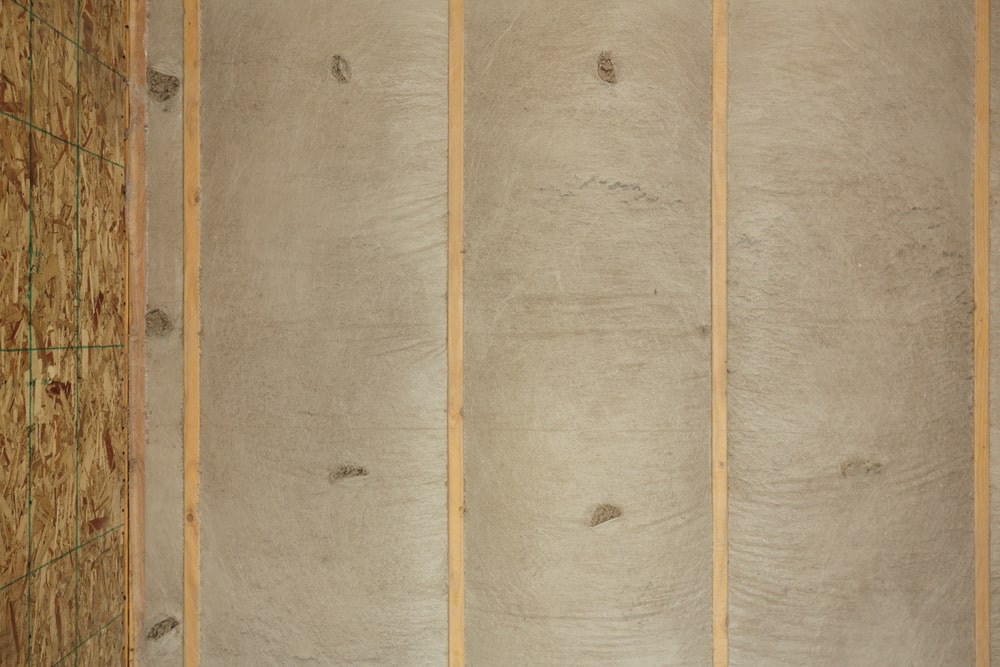
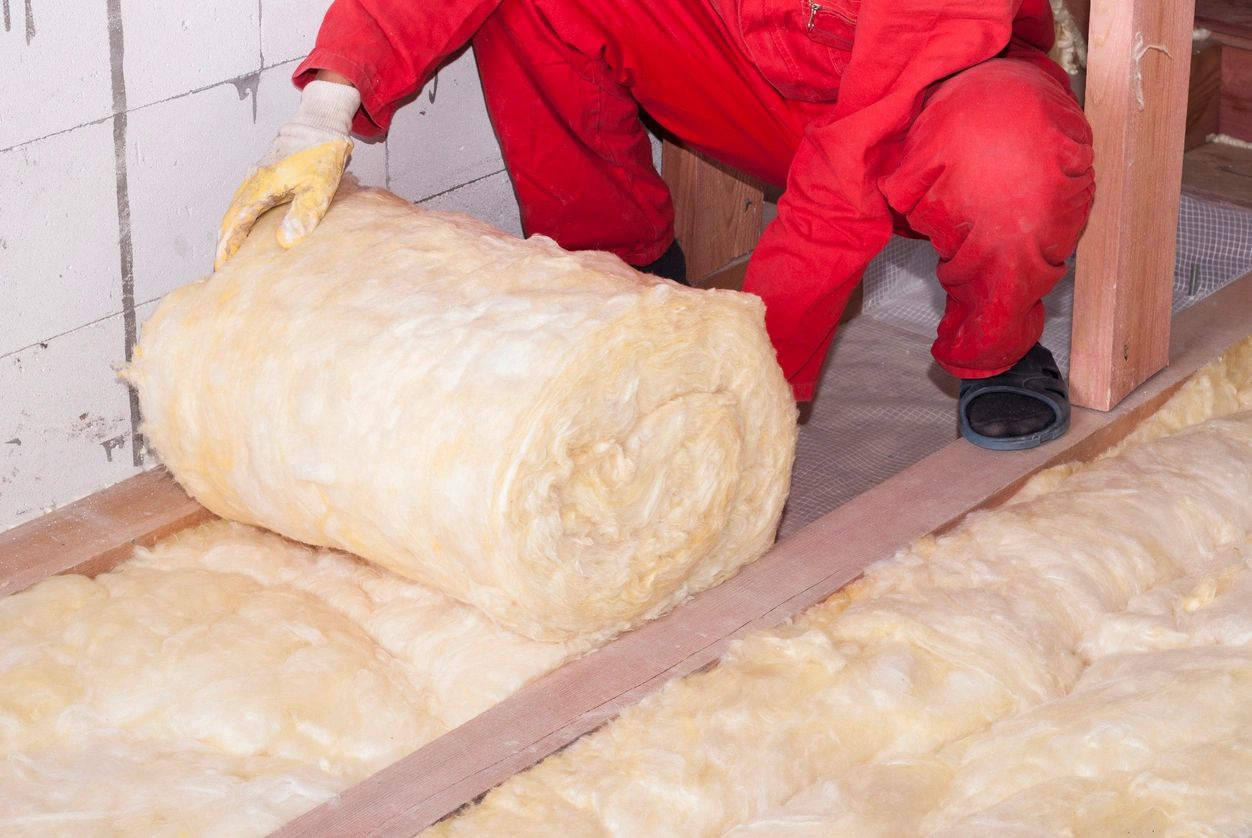
Blown-in Cellulose Insulation in new orleans
Dense and Eco-Friendly
Cellulose is another strong option for blown in insulation in New Orleans. It’s made from recycled paper treated to resist pests and fire. Because it’s denser than fiberglass, it blocks air movement very effectively.
R-value: approximately R-3.2 to R-3.8 per inch
Older homes in New Orleans often have irregular attic spaces with many gaps. Cellulose insulation fills those spaces tightly, creating strong thermal coverage and reducing drafts. It’s also eco-friendly and naturally sound-dampening, which makes homes quieter during storms or heavy rain.
For homeowners who care about sustainability, cellulose is an excellent fit. It reaches target R-values with less thickness and performs well when properly installed.
Blown-in Rockwool Insulation in New Orleans
Strong and storm-ready
Rockwool, or mineral wool, is one of the most durable materials used for blown in insulation in New Orleans. It’s made from natural stone and recycled steel, offering high R-values and superior resistance to moisture and fire.
R-value: approximately R-3.0 to R-3.3 per inch
Rockwool is ideal for homes close to the coast or in areas frequently hit by storms. It doesn’t absorb water, won’t support mold, and can act as a fire barrier. For many homeowners, this added protection brings extra peace of mind during hurricane season.
While it costs a bit more, rockwool provides long-term performance, durability, and lower energy costs—key factors in Louisiana’s challenging climate.
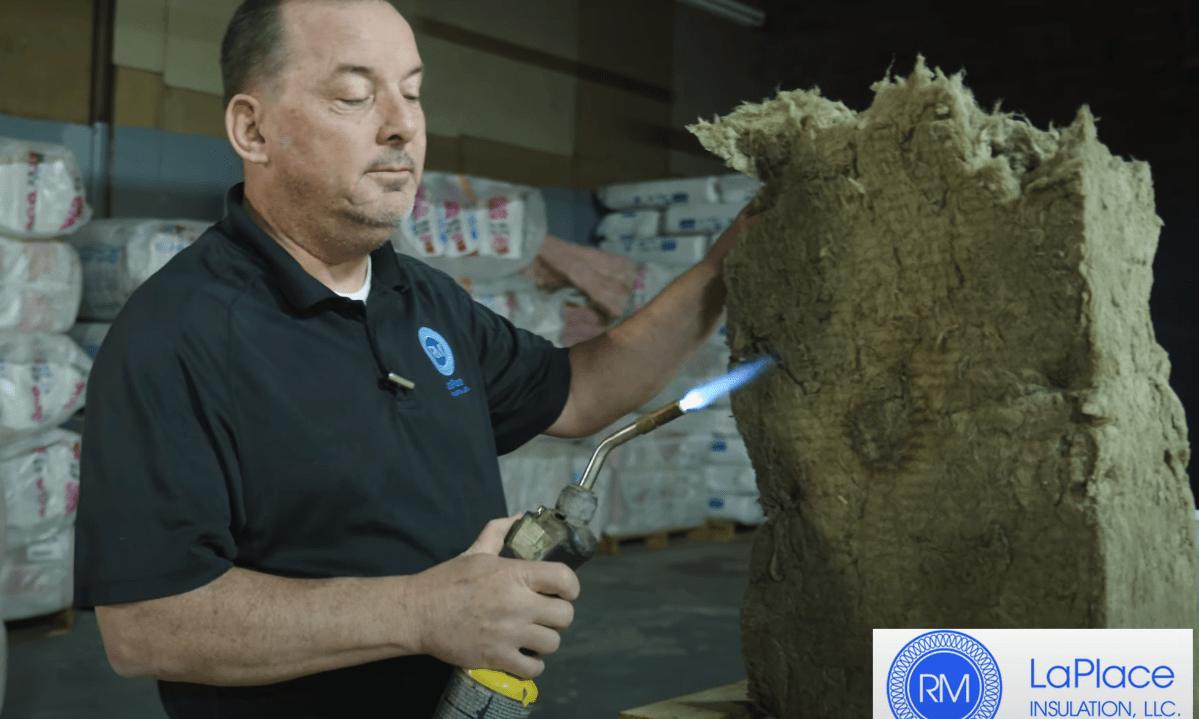
The R-Value Of Blown-in Insulation
The R-value measures how well insulation resists heat flow. For blown in insulation in New Orleans, the recommended R-value for attics is between R-30 and R-49. That level creates a strong thermal barrier against Louisiana’s hot summers and damp winters.
Fiberglass requires more thickness to reach target R-values.
Cellulose and rockwool can achieve the same performance with less depth.
The right choice depends on your home’s structure, your budget, and your storm exposure. With proper R-values, homes stay comfortable longer, HVAC systems work less, and energy bills drop.
Blown In Insulation & Storm Season in New Orleans
Storms and hurricanes test every home in New Orleans. Blown in insulation makes homes more resilient. When power goes out, the insulation slows how quickly the inside of the house heats up or cools down. That’s vital during long outages.
It also helps limit moisture problems, which are common after storms. By controlling humidity and air movement, it lowers the risk of mold growth in attics and walls. This is why many homeowners schedule insulation upgrades after storm damage repairs.
Homeowners who invest in blown in insulation in New Orleans often see energy bills drop by 15% or more. The home stays cooler during summer peaks and holds warmth in winter. It also reduces HVAC strain, meaning fewer repairs and a longer system lifespan.
People frequently say their homes feel quieter, more stable, and far less drafty after installation. That comfort matters, especially during Louisiana’s storm season and long heat waves.
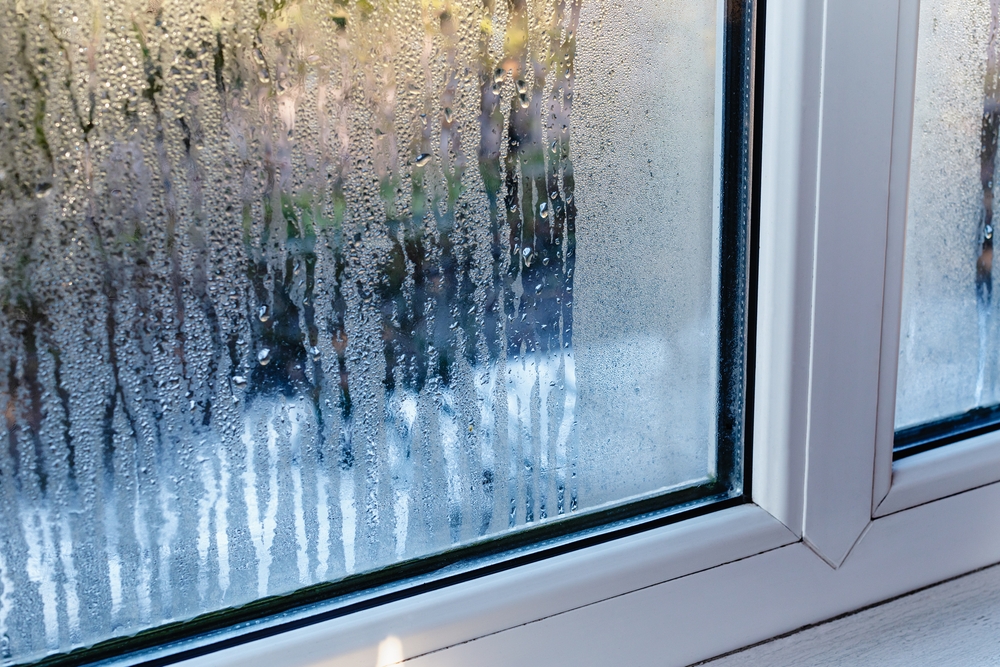
Why Homeowners Trust RM LaPlace Insulation
Our team has years of experience installing blown in insulation in New Orleans and across Southeast Louisiana. We know how to choose the right material for your home, weather, and budget. Whether you pick fiberglass, cellulose, or rockwool, we install it with long-term performance in mind.
For many families, this isn’t just about saving on energy bills. It’s about protection, comfort, and a more resilient home during storm season.
Click On Any Of The Types Of Insulation For More Information
Fiberglass - Batt
One type of insulation is called Batt insulation. This is one of the most common products used to insulate walls, ceilings and attics as well as basements and crawl spaces. It is generally manufactured from fiberglass, Batt insulation can also be made from cotton or stone wool...
Fiberglass - Roll
Fiberglass roll insulation is common because they're so easy to install. Rolls are simply longer versions of batts...
Blown Insulation - Fiberglass
The term blow-in insulation (or loose-fill insulation) refers to the process of filling stud or joist cavities or covering attic floors, with any loose material that has a good area to cover...
Blown Insulation - Cellulose
Cellulose insulation is often blown into building spaces through hoses from special blowing equipment in this case mounted inside a truck...
Blown Insulation - Rockwool
Rockwool insulation is a rock-based mineral fiber insulation comprised of basalt rock and recycled slag...
Spray Foam - Open Cell
Open cell spray foam has a very high expansion rate, sometimes as much as 100 times over. This makes it an ideal option for homes because it gets in the nooks and crannies in attics, crawl spaces, and rim joists..
Spray Foam - Closed Cell
Closed cell foam is made up of cells that are, as the name suggests, completely closed. The cells are pressed together, so air and mositure are unable to get inside the foam. Because of this, closed cell foam is much more rigid and stable than open cell foam...
Metal Building Insulation
When it comes to spray foam insulation for metal buildings you have two options – open cell or closed cell foam insulation.

Call Today For A Free Quote
"Trusted And Referred For A Reason"
Our Expert Team ...
Can Help You Decide What Type Of Insulation Is Right For You
Just give us a call or send a submission form. All estimates are free. Our certified technicians are always ready to help answer any questions.

Robert LaPlace
Owner / Operator
